Size matters. Choosing a medium format camera
I think many here are fond of photography. The degree of enthusiasm is different, and the concept of a photographer is generally blurry and not defined. Different goals, different budgets of photographers and many other distinguishing factors. Someone fishes bows on the iphone, and someone suffers with huge plates of large format. But all of these people share the interest in photography, and some may even love, and even is mutual. Therefore, I decided to tell about the camera, which is rarely seen, at the same time to share the experience of switching to a new format.
In the life of any photographer there comes a time when the heart requires something warm and lamp. Many have enough grandfather's Zenith, and someone, driven by an unknown feeling of “all is necessary”, is seeking to move to a more specific level - to jerk to a medium format. It was almost the same with me, but in the interim I managed to shoot 135 film with the wonderful World camera. At that moment I realized that I didn’t like range finders, or didn’t know how to prepare them.
Although there was an idea to buy a film Canon, but I already wanted something non-standard. "GIVE MORE !!!", - that's exactly how the desire to buy a medium format appeared. Buying SF numbers is not something that has disappeared, it was not even supposed, knowing the remarkable price level.
')

But then began the real internal struggle. SF I bought more than a year. For all this time I had two stages of desire:
• just want SF
• I know what SF I want
Perhaps, it seems to me, but when choosing the SF, there is an apparatus that immediately comes to mind - Amateur. Such is all the sweet and dear Soviet dual-objective Federation Council. But I was not satisfied with the quality and age of the device.
At this, my craving for dual-lens cameras failed, and I saw an overview of the Yashica 124 Mat G. An excellent machine with an average price of about 300-400 usd, with quite a few copies in good technical condition. In addition, I considered a huge number of other systems: Mamiya, Hasselblad, Rolleiflex, Pentax. But mostly they were incomprehensible throwing, just from the desire to have an average format.
This was the first stage of the desire to have a medium format.
Next was the logical understanding that I need. This is the hardest. Although I immediately put a few conditions that have narrowed the choice to a minimum.
For a long time I will not tell, but it so happened that I am not friends with manual optics because of my view. That is why the first condition was the presence of autofocus on the device. Well, the second condition was the possibility of transition to the future in the figure. I just didn’t want to buy the medium format for warm lamp-like, but adding lamp prospects with good prospects for the development of the system is another matter.
As a result, there are two options:
• Mamiya AFd
• Contax AF
Contax 645 is a medium format autofocus single-lens reflex camera. The frame size is 4.5 × 6 cm; 120 and 220 type film is used. Digital backdrops have been developed for the camera. Exposure range from 32 to 1/4000 sec. This is an excellent camera that meets my requirements, but there are major drawbacks: there are quite a few of them on the market; The cost on ebay is from 2000 to 4000 usd, depending on the kit.
All this was the reason for choosing Mamiya AFd. Then there were many attempts to buy it on ebay, but then I had no luck. In the end, happiness came by chance. I got a copy of the second generation in Moscow.
A little about the company itself and the device:
Mamiya was founded in May 1940 by designers of cameras Seiichi Mamiya and Tsunejiro Sugawara, who provided financing for the new company. In 1975, the company introduced the compact camera Mamiya 645 format 6 × 4.5. This is the progenitor of my version.
The camera that I got, the Mamiya 645AFD II, was produced from 2005 to 2008.
And now a small positive digression. In the spring of 2009, Phase One A / S became the leading shareholder of Mamiya Digital Imaging, taking on “strategic leadership”, marketing and distribution of work. Phase One are manufacturers of digital backs, so switching to a digit with this camera is just a matter of money.
Mamiya AFD II is a medium format SLR camera with a removable back. The focal length range of interchangeable optics from 28 to 300 mm. Most often, its native complete lens is 80 mm / 2.8. His lens is enough. If you like portraits, then you should still look at the lens 150 mm / 3.5.
The case evokes a pleasant sensation of power and strength, made of a magnesium alloy, rather heavy. In fact, consists of three parts - the carcass, heel and lens. In the hand is good, ergonomics is excellent. Thanks to the special coating of the handle, the fingers do not slip. Although in general this is what I'm used to on the SLR. There is a minus - the hipster plane with the old school camera does not work, the apparatus has a non-removable pentaprism. Replace it with a mine does not work. But, if you remove the lens and the backdrop, the device immediately begins to resemble a stranger.
Shooting modes are also familiar with the SLR: standard semi-automatic, aperture priority, shutter priority and manual mode. The metering is both point and center-weighted. Electronics does well both outdoors and indoors. Work in the studio is also credited.

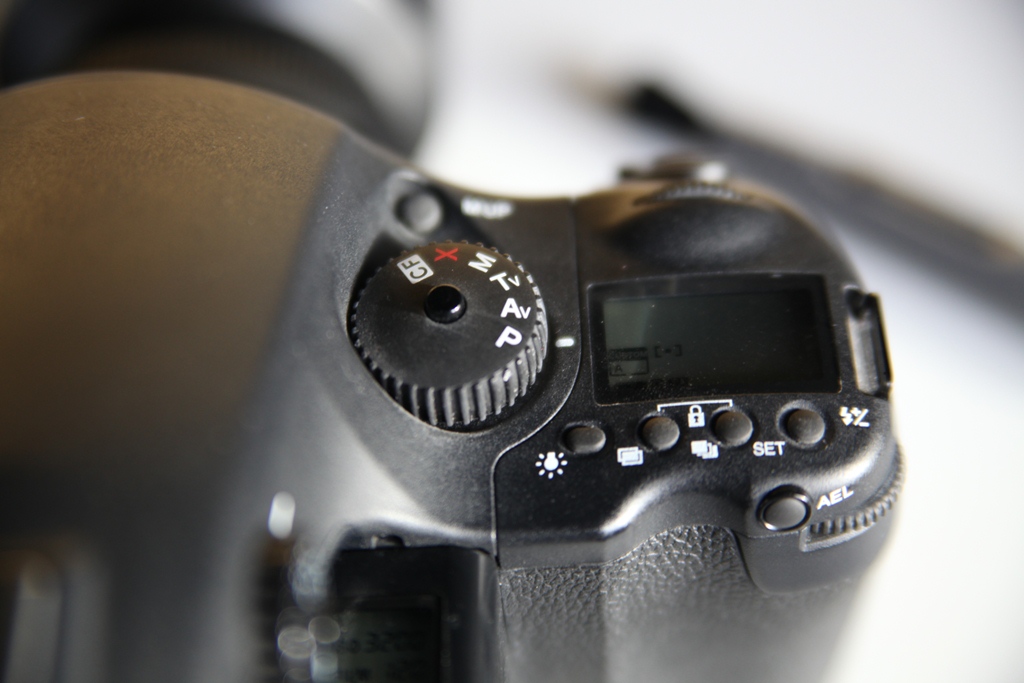
Autofocus. Here we must understand that it is sufficiently antediluvian and slow. But everything is relative, the camera is clearly not for shooting sports. Again, if you like portraits - the thing for leisurely shooting and communication.
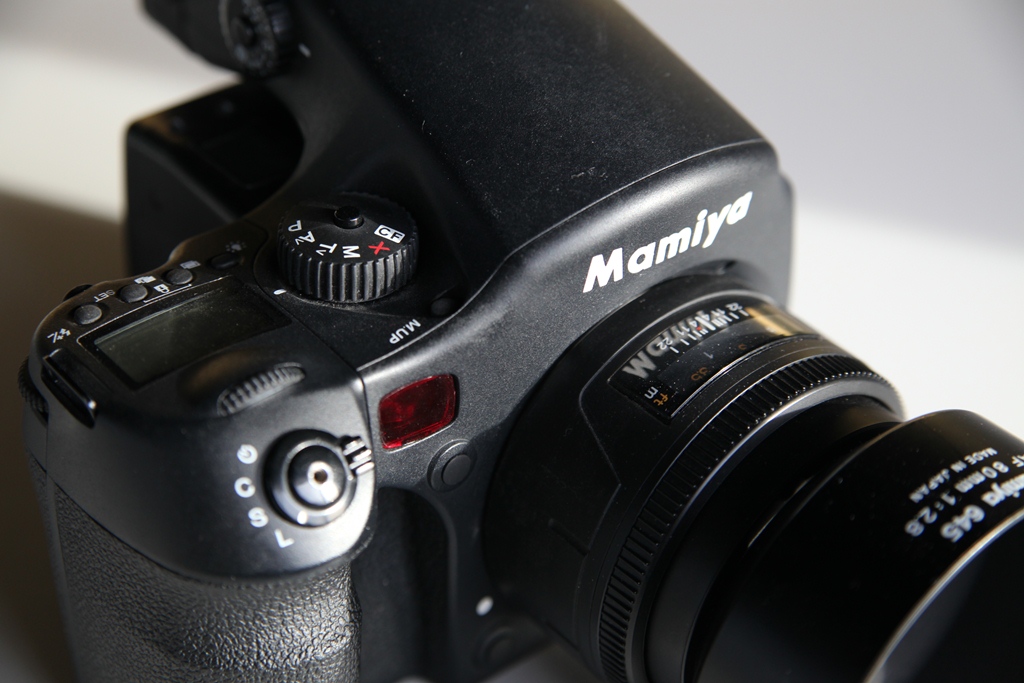
Film. Problems with the filling of the film arose only in the first two times, and that is because I tried it by the method of scientific tyke. Who decides to get an SF, I advise you to buy the necessary film a little in advance, the product is not the most popular, especially if you are looking for a specific film.
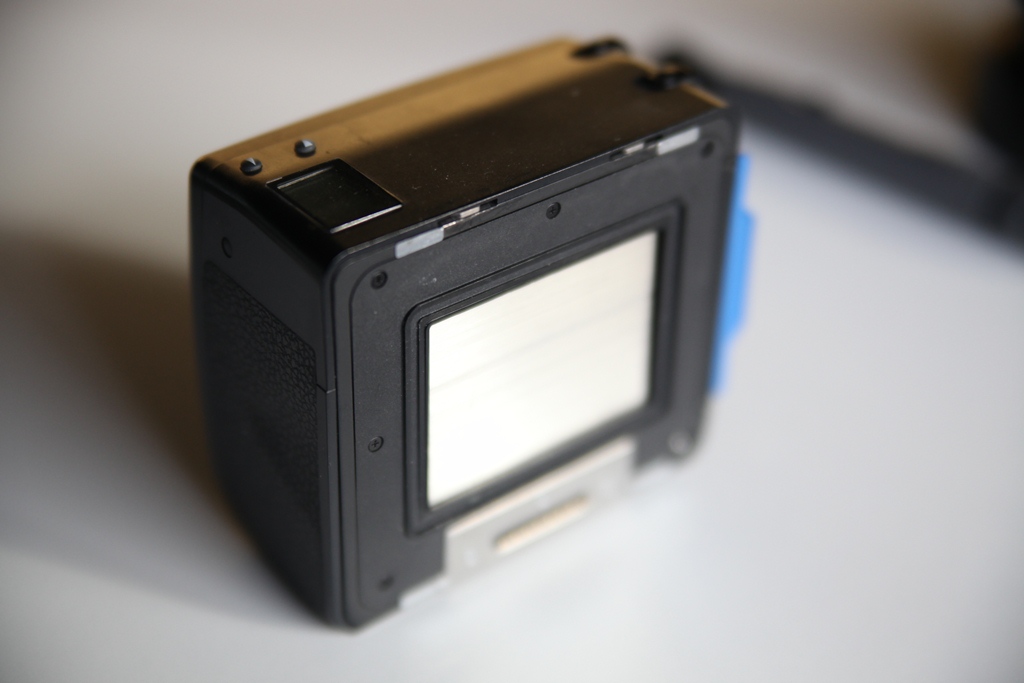
On the film backdrop there is a display with film characteristics and a frame counter. The main thing here is not to forget to fix the ISO when loading a new film, two buttons are responsible for this. If you press two, the ISO adjustment will turn on, and then on the arrow either higher or lower.
An additional trick of the film backdrop is the presence of a gate (removable damper), which simultaneously protects the film from exposure when the backdrop is removed and serves as a fuse, preventing the camera from shooting.
One more thing is the number of frames. 120 film is one, but there are many formats for SF. So it turns out that different SF cameras have a different number of frames. The 6x4.5 format produces 16 frames.
Immediately after shooting 16 frames, the backdrop comes alive and holds the film on the reel. It remains only to get it and take it to the developer.
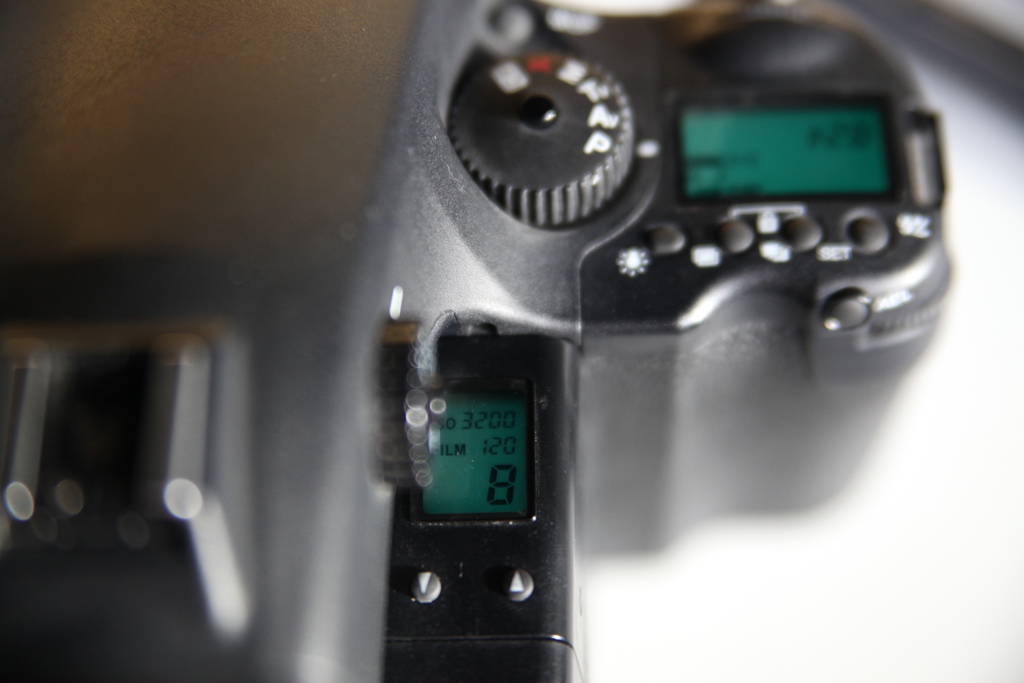
I use KODAK and Ilford. The Ilford Delta 3200 film turned out to be very pleasant. Since I am not a hardcore film, I donate the film to the laboratory. So far, I have not noticed any special jambs behind the labs, although it happens that the film is slightly crumpled.
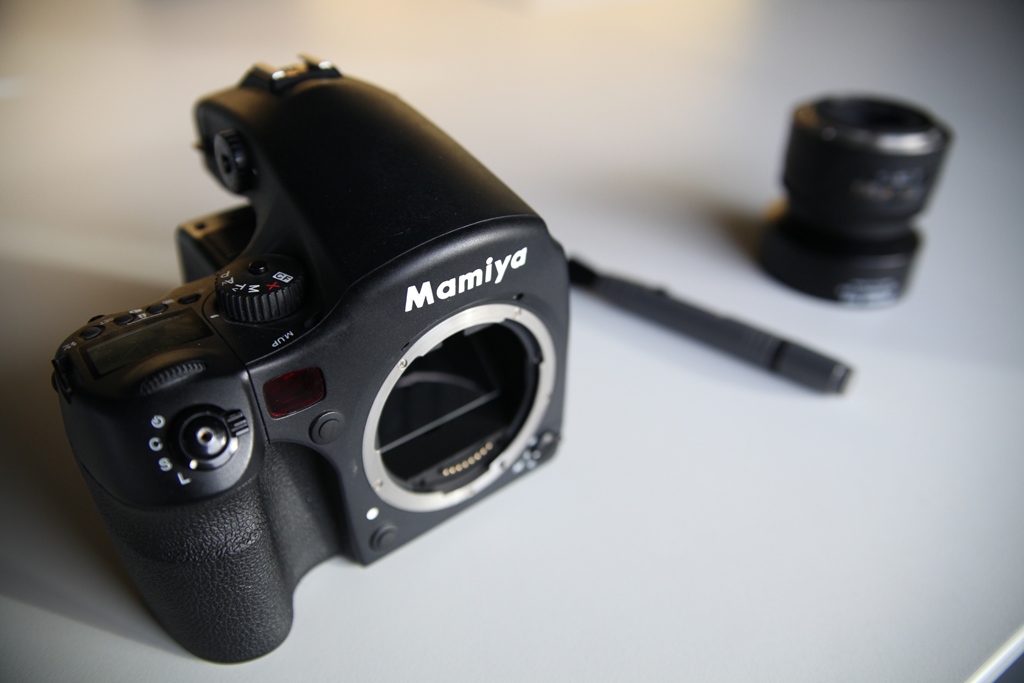

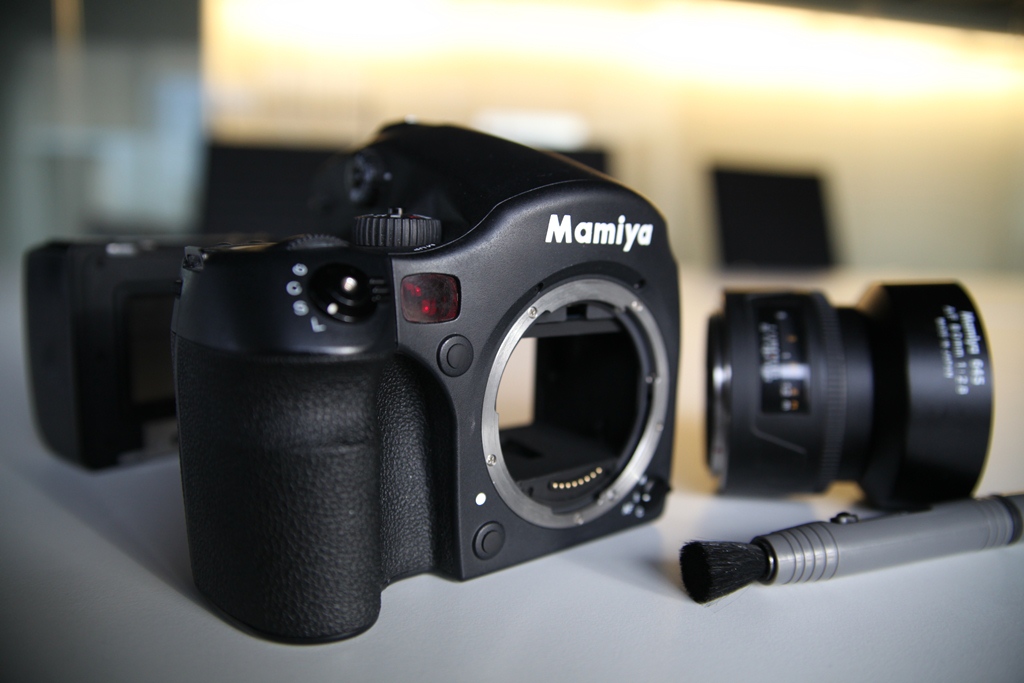
With viewing everything is very simple if you have a smartphone. Most cameras have a negative mode. Turning on the camera, pointing at the film - ready, see the frame, how it should be. A good option to select photos for scanning or printing.
But with the scan is much harder. There is an antediluvian option: retake on a digital device, highlighting the film on the back side. The main thing is that it should not be a screen (monitor, TV, laptop), because the monitor pixels will be noticeable. The same is true for textured fabric, if you use it to the light - the texture will be noticeable in the photo, even if at first glance the fabric seems to be even. Probably the ideal option is frosted glass or paper. Next you need to throw on the computer, make an inversion and season with photoshop to taste.
The second option is to buy a budget scanner with the ability to scan slides and wide film. Such joy can cost up to 20 000 rubles. And it will give a tolerable result in quality. One can get into this topic deeply, analyzing the quality of lenses, the uniformity of illumination, cleaning of artifacts, and so on.
Well, the laziest option is a good scanner for a film, for example, Nikon COOLSCAN 8000 or 9000. The main disadvantage is that such a scanner costs a little less than 100,000 rubles. If you scan the film in the maximum quality in the lab, then each frame will cost 500-700 rubles. It is better to have friends with a scanner :) Also, in specialized forums for photographers there are many offers from owners of such scanners, whose average scanning cost in high resolution is 60-100 rubles per frame.
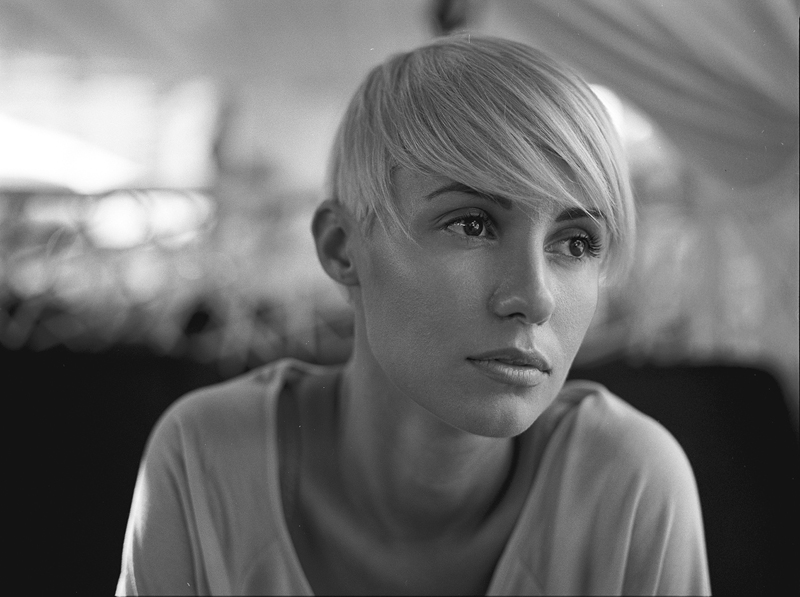
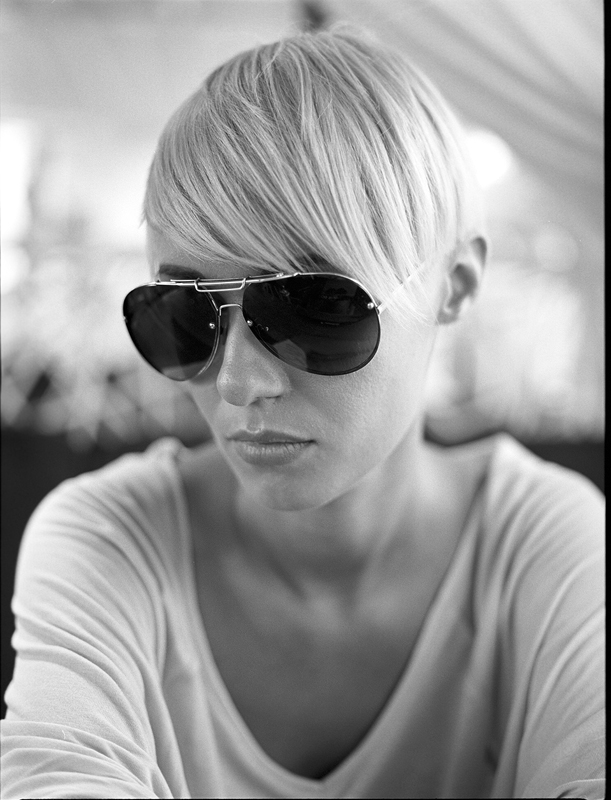
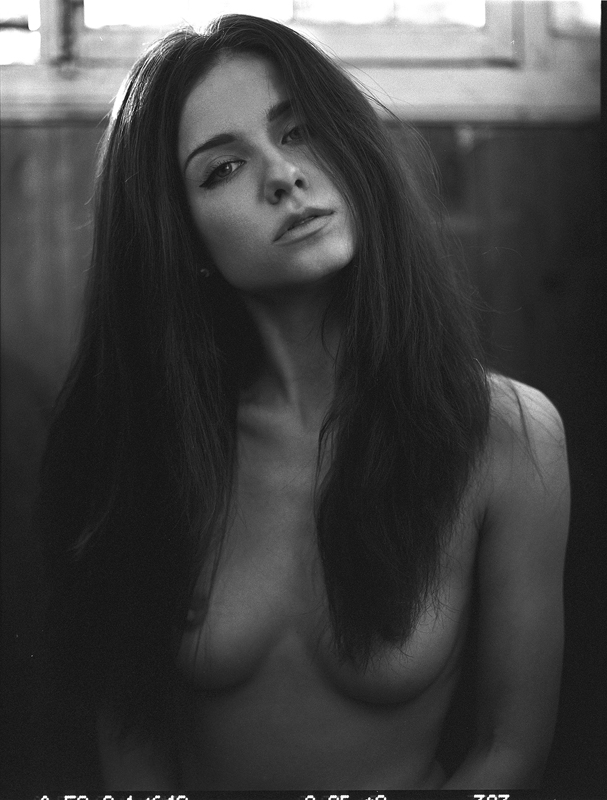
Why decided to buy
In the life of any photographer there comes a time when the heart requires something warm and lamp. Many have enough grandfather's Zenith, and someone, driven by an unknown feeling of “all is necessary”, is seeking to move to a more specific level - to jerk to a medium format. It was almost the same with me, but in the interim I managed to shoot 135 film with the wonderful World camera. At that moment I realized that I didn’t like range finders, or didn’t know how to prepare them.
Although there was an idea to buy a film Canon, but I already wanted something non-standard. "GIVE MORE !!!", - that's exactly how the desire to buy a medium format appeared. Buying SF numbers is not something that has disappeared, it was not even supposed, knowing the remarkable price level.
')

But then began the real internal struggle. SF I bought more than a year. For all this time I had two stages of desire:
• just want SF
• I know what SF I want
Medium format options
Perhaps, it seems to me, but when choosing the SF, there is an apparatus that immediately comes to mind - Amateur. Such is all the sweet and dear Soviet dual-objective Federation Council. But I was not satisfied with the quality and age of the device.
At this, my craving for dual-lens cameras failed, and I saw an overview of the Yashica 124 Mat G. An excellent machine with an average price of about 300-400 usd, with quite a few copies in good technical condition. In addition, I considered a huge number of other systems: Mamiya, Hasselblad, Rolleiflex, Pentax. But mostly they were incomprehensible throwing, just from the desire to have an average format.
This was the first stage of the desire to have a medium format.
Limited choice and other reasons
Next was the logical understanding that I need. This is the hardest. Although I immediately put a few conditions that have narrowed the choice to a minimum.
For a long time I will not tell, but it so happened that I am not friends with manual optics because of my view. That is why the first condition was the presence of autofocus on the device. Well, the second condition was the possibility of transition to the future in the figure. I just didn’t want to buy the medium format for warm lamp-like, but adding lamp prospects with good prospects for the development of the system is another matter.
As a result, there are two options:
• Mamiya AFd
• Contax AF
Contax 645 is a medium format autofocus single-lens reflex camera. The frame size is 4.5 × 6 cm; 120 and 220 type film is used. Digital backdrops have been developed for the camera. Exposure range from 32 to 1/4000 sec. This is an excellent camera that meets my requirements, but there are major drawbacks: there are quite a few of them on the market; The cost on ebay is from 2000 to 4000 usd, depending on the kit.
All this was the reason for choosing Mamiya AFd. Then there were many attempts to buy it on ebay, but then I had no luck. In the end, happiness came by chance. I got a copy of the second generation in Moscow.
A little about the company itself and the device:
Mamiya was founded in May 1940 by designers of cameras Seiichi Mamiya and Tsunejiro Sugawara, who provided financing for the new company. In 1975, the company introduced the compact camera Mamiya 645 format 6 × 4.5. This is the progenitor of my version.
The camera that I got, the Mamiya 645AFD II, was produced from 2005 to 2008.
And now a small positive digression. In the spring of 2009, Phase One A / S became the leading shareholder of Mamiya Digital Imaging, taking on “strategic leadership”, marketing and distribution of work. Phase One are manufacturers of digital backs, so switching to a digit with this camera is just a matter of money.
Machine overview
Mamiya AFD II is a medium format SLR camera with a removable back. The focal length range of interchangeable optics from 28 to 300 mm. Most often, its native complete lens is 80 mm / 2.8. His lens is enough. If you like portraits, then you should still look at the lens 150 mm / 3.5.
The case evokes a pleasant sensation of power and strength, made of a magnesium alloy, rather heavy. In fact, consists of three parts - the carcass, heel and lens. In the hand is good, ergonomics is excellent. Thanks to the special coating of the handle, the fingers do not slip. Although in general this is what I'm used to on the SLR. There is a minus - the hipster plane with the old school camera does not work, the apparatus has a non-removable pentaprism. Replace it with a mine does not work. But, if you remove the lens and the backdrop, the device immediately begins to resemble a stranger.
Shooting modes are also familiar with the SLR: standard semi-automatic, aperture priority, shutter priority and manual mode. The metering is both point and center-weighted. Electronics does well both outdoors and indoors. Work in the studio is also credited.


Autofocus. Here we must understand that it is sufficiently antediluvian and slow. But everything is relative, the camera is clearly not for shooting sports. Again, if you like portraits - the thing for leisurely shooting and communication.

Film. Problems with the filling of the film arose only in the first two times, and that is because I tried it by the method of scientific tyke. Who decides to get an SF, I advise you to buy the necessary film a little in advance, the product is not the most popular, especially if you are looking for a specific film.

On the film backdrop there is a display with film characteristics and a frame counter. The main thing here is not to forget to fix the ISO when loading a new film, two buttons are responsible for this. If you press two, the ISO adjustment will turn on, and then on the arrow either higher or lower.
An additional trick of the film backdrop is the presence of a gate (removable damper), which simultaneously protects the film from exposure when the backdrop is removed and serves as a fuse, preventing the camera from shooting.
One more thing is the number of frames. 120 film is one, but there are many formats for SF. So it turns out that different SF cameras have a different number of frames. The 6x4.5 format produces 16 frames.
Immediately after shooting 16 frames, the backdrop comes alive and holds the film on the reel. It remains only to get it and take it to the developer.

I use KODAK and Ilford. The Ilford Delta 3200 film turned out to be very pleasant. Since I am not a hardcore film, I donate the film to the laboratory. So far, I have not noticed any special jambs behind the labs, although it happens that the film is slightly crumpled.



View and Digitize
With viewing everything is very simple if you have a smartphone. Most cameras have a negative mode. Turning on the camera, pointing at the film - ready, see the frame, how it should be. A good option to select photos for scanning or printing.
But with the scan is much harder. There is an antediluvian option: retake on a digital device, highlighting the film on the back side. The main thing is that it should not be a screen (monitor, TV, laptop), because the monitor pixels will be noticeable. The same is true for textured fabric, if you use it to the light - the texture will be noticeable in the photo, even if at first glance the fabric seems to be even. Probably the ideal option is frosted glass or paper. Next you need to throw on the computer, make an inversion and season with photoshop to taste.
The second option is to buy a budget scanner with the ability to scan slides and wide film. Such joy can cost up to 20 000 rubles. And it will give a tolerable result in quality. One can get into this topic deeply, analyzing the quality of lenses, the uniformity of illumination, cleaning of artifacts, and so on.
Well, the laziest option is a good scanner for a film, for example, Nikon COOLSCAN 8000 or 9000. The main disadvantage is that such a scanner costs a little less than 100,000 rubles. If you scan the film in the maximum quality in the lab, then each frame will cost 500-700 rubles. It is better to have friends with a scanner :) Also, in specialized forums for photographers there are many offers from owners of such scanners, whose average scanning cost in high resolution is 60-100 rubles per frame.
Photo



Source: https://habr.com/ru/post/210306/
All Articles